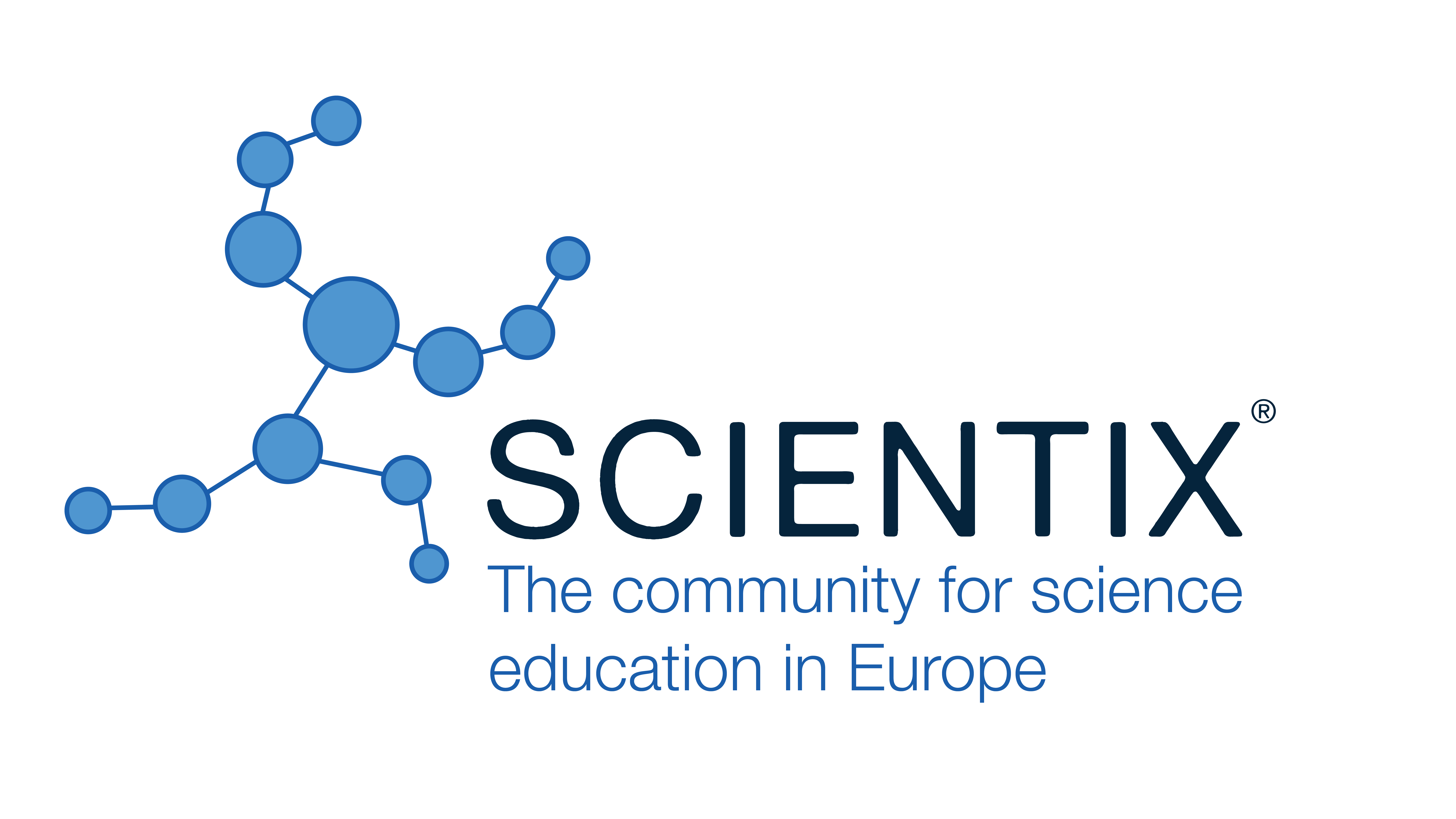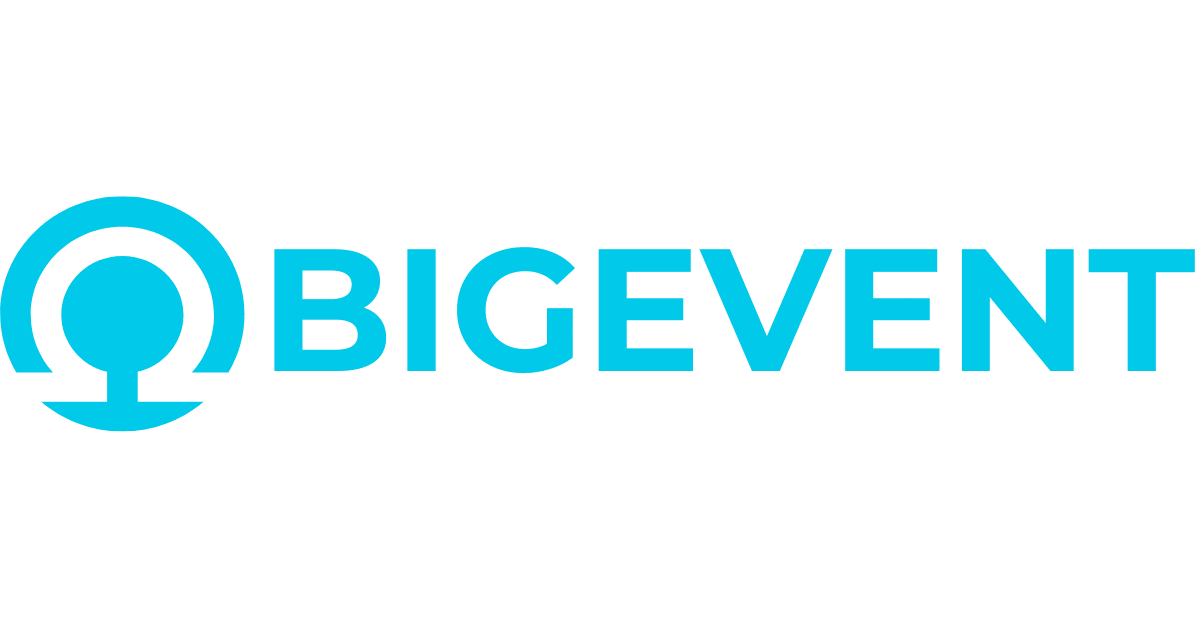Unlocking Student Insights into Insect Identification and External Anatomy through Artificial Intelligence
Petra Bumberová, Department of Biology Education, Faculty of Science, Charles University (Czech Republic)
Veronika Šilhavá, Department of Biology Education, Faculty of Science, Charles University (Czech Republic)
Ondřej Zahradníček, Department of Biology Education, Faculty of Science, Charles University (Czech Republic)
Adam Hruška, Department of Sustainable Technologies, Faculty of Tropical AgriSciences, Czech University of Life Sciences Prague (Czech Republic)
Jan Mourek, Department of Biology Education, Faculty of Science, Charles University (Czech Republic)
Abstract
In this study, we investigate grammar school students' knowledge of insect identification and anatomy. Our research objective is to explore whether and how students use specific characteristics to identify species of insects and how well they can spot errors in insect photographs. We compare the knowledge of students in the 3rd-year of a 4-year study programme, who have completed invertebrate zoology classes, with 1st-year students who have not yet taken these classes. As a research tool we use the questionnaire consisting of twenty images of the insect representatives. These images were either generated by artificial intelligence (Stable Diffusion) or we used real photos with a living representative of insect. Part of the AI-generated images included in the questionnaire contains errors in insect external anatomy. The respondents are tasked with naming the insect, detecting any errors in the image and identifying whether the image is AI-generated or real. We share the preliminary results from the investigation. The results highlight the relation between the students ability to identify insects and to identify the origin of the image (AI-generated image vs. real proto). Furthermore, we will show how successfully students identify selected insect species and whether there is a difference in the results between students in the 1st and 3rd year of school. Our findings confirm that generative neural networks are effective in creating educational materials for biology teaching, specifically invertebrate zoology.
|
Keywords |
Artificial intelligence, generated images, identification of insects, biology education, grammar school |
|
REFERENCES |
[1] Aktay, S. (2022). The usability of images generated by artificial intelligence (AI) in education. International technology and education journal, 6(2), 51-62. [2] Bontridder, N., & Poullet, Y. (2021). The role of artificial intelligence in disinformation. Data & Policy, 3, e32. [3] Cajaiba, R. L. (2014). Difficulty of science and biology teachers to teach entomology in elementary and high schools in the State of Pará, Northern Brazil. American Journal of Educational Research, 2(6), 389-392. [4] McAlpine, E., Michelow, P., Liebenberg, E., & Celik, T. (2022). Is it real or not? Toward artificial intelligence-based realistic synthetic cytology image generation to augment teaching and quality assurance in pathology. Journal of the American Society of Cytopathology, 11(3), 123-132. |
 New Perspectives in Science Education
New Perspectives in Science Education





























